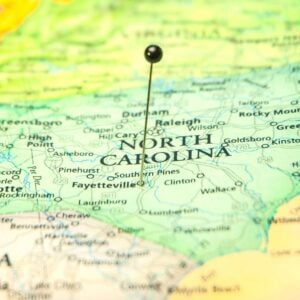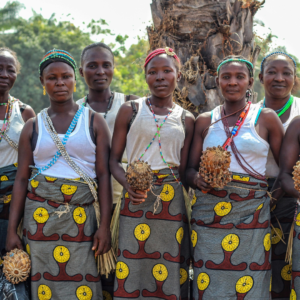This summer, 38 million farmers in India received AI-powered forecasts predicting the start of the monsoon season, giving them vital information to decide the best time to plant crops. These forecasts were powered in part by NeuralGCM, a Google Research model that integrates physics-based weather modeling with machine learning to deliver more accurate and efficient simulations.
Weather and climate models have traditionally required expensive supercomputers to operate, making them less accessible. NeuralGCM was developed to address this challenge by combining decades of historical weather data with physics principles, resulting in a system that can run on a standard laptop. This innovation makes high-quality forecasting tools more widely available to researchers and institutions worldwide.
The University of Chicago, through its Human-Centered Weather Forecasts Initiative, applied NeuralGCM to one of agriculture’s toughest challenges: predicting the monsoon in India. Smallholder farmers across the tropics rely heavily on accurate forecasts of the rainy season, but traditional models often struggle to provide reliable information at local levels. By blending NeuralGCM with other advanced models like ECMWF’s AIFS and historical data, the University of Chicago team achieved highly accurate predictions, even detecting an unusual dry spell in this year’s monsoon.
In collaboration with India’s Ministry of Agriculture and Farmers’ Welfare, the forecasts were distributed via SMS to millions of farmers. This gave them the ability to adjust their decisions — whether to plant immediately, buy more seeds, switch crops, or wait — in response to the delayed rainfall. Such tailored forecasts proved critical in managing risk and ensuring better preparedness.
Research shows that timely and accurate forecasts can nearly double farmers’ annual income by helping them align agricultural activities with expected weather conditions. The success of this project demonstrates how cutting-edge AI research can deliver tangible benefits, enhancing climate resilience and improving livelihoods for millions of people worldwide.







